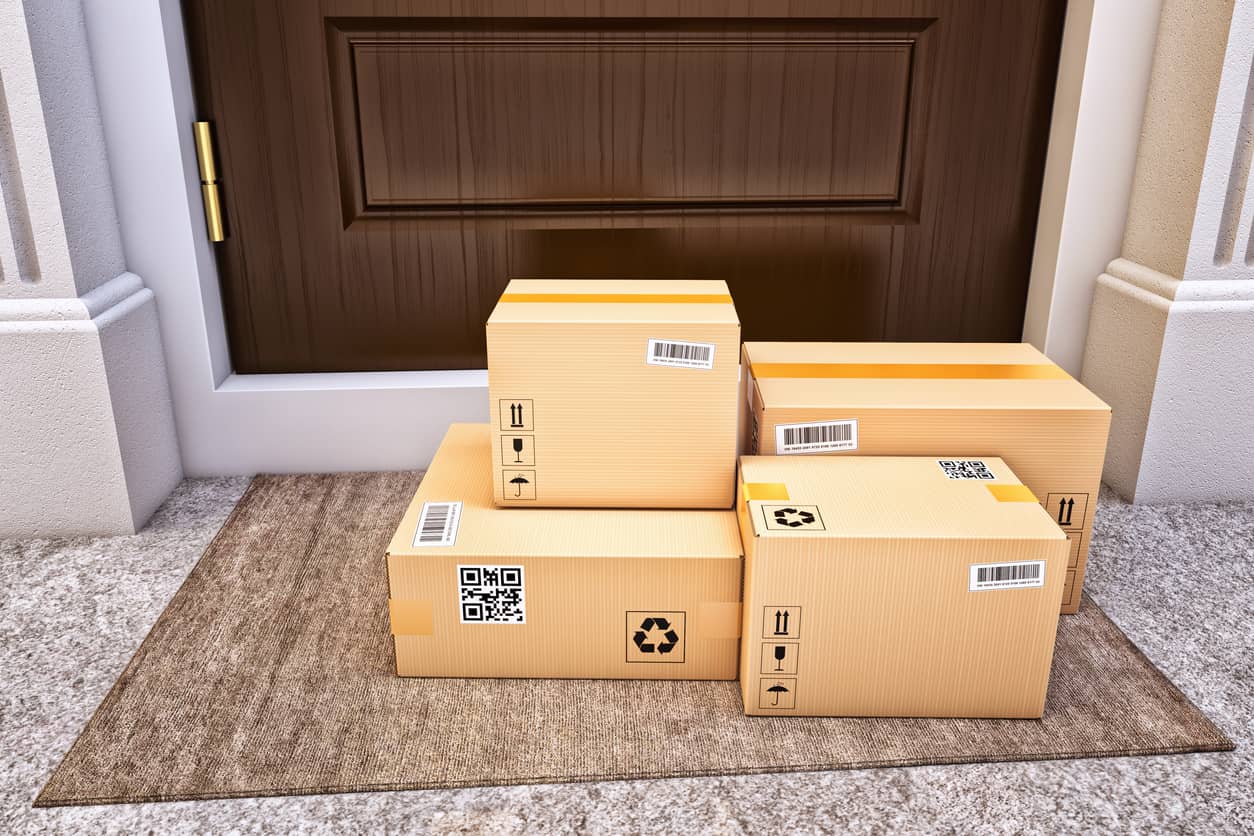The consumer packaged goods (CPG) industry has always been dynamic, but 2025 is proving to be one of the most challenging years yet. Rising tariffs impacting CPG brands, supply chain disruptions, and tighter capital markets have left many brands struggling to fund the inventory they need to grow. For many CPG founders, inventory financing with Kickfurther has become a game-changing solution, especially when traditional loans or equity funding fall short.
In this post, we’ll explore how inventory financing works, why it’s ideal for today’s CPG landscape, and how Kickfurther is helping brands overcome supply chain hurdles while fueling growth.
The Supply Chain Squeeze in 2025
According to Kickfurther’s April 2025 Tariff Impact Survey 51% of CPG brands have been impacted by the latest round of tariffs. Many are forced to raise prices, absorb costs, or find alternative sourcing solutions, all while consumer demand remains unpredictable. Add inflation, rising raw material prices, and slower freight timelines, and it is clear why cash flow is under immense pressure.
For many brands, the traditional approach, paying for inventory upfront and waiting months to see returns, is no longer sustainable. This is where inventory financing comes in.
Inventory financing allows CPG brands to secure the cash needed to produce or purchase inventory without tying up capital. Instead of paying upfront, brands pay for inventory only after it sells, unlocking cash flow and reducing risk.
Kickfurther takes this model further by connecting brands to a community of backers who fund up to 100% of inventory costs. Brands then repay the cost plus a small profit margin once the inventory sells. Compared to traditional loans or equity raises, this approach is faster, more flexible, and non-dilutive.
4 Key Benefits of Kickfurther’s Inventory Financing
- Cash Flow Freedom
No more tying up cash in products that sit in warehouses. Kickfurther lets brands pay for inventory only after sales occur.
- Up to 100% Funding
Unlike banks that offer partial financing, Kickfurther covers the entire production or purchase order cost, ensuring no growth opportunity is left on the table.
- Flexible Repayments
Kickfurther aligns repayment schedules with your actual sales velocity, removing the stress of fixed monthly payments.
- Faster Growth
With reliable access to inventory funding, brands can scale faster, launch new products, or fulfill big retail orders without cash bottlenecks.
Growth Stories: CPG Brands Winning with Kickfurther
Kickfurther has helped hundreds of CPG brands unlock cash flow and grow without traditional debt or equity dilution.
- Baseball Lifestyle was facing challenges common to rapidly expanding businesses: managing cash flow, imperfect inventory levels, and ordering delays.
- Goodwipes faced the challenge of needing more inventory to meet demand but lacked the immediate cash flow to produce it.
These real-world examples show that financing doesn’t have to mean giving up equity or taking on high-interest loans, it can be a tool for smart, scalable growth.
How to Launch a Co‑Op with Kickfurther
Getting started with Kickfurther is simple:
- Create a Profile – Brands with at least $400,000 in trailing 12-month revenue can apply here.
- Set Your Terms – Use Kickfurther’s calculator to choose terms that align with your sales forecasts.
- Get Vetted – Kickfurther’s Metrics Model ensures backers see only credible opportunities.
- Get Funded – Many co-ops fund within 24 hours.
- Sell & Repay – You repay backers as your inventory sells.
The Bottom Line
In a year defined by uncertainty, inventory financing is becoming a must-have tool for CPG brands. By freeing up cash flow and funding growth without the burden of upfront costs, Kickfurther helps brands stay resilient, competitive, and ready for what’s next.
Ready to future-proof your supply chain? Talk to an expert to get funded.





